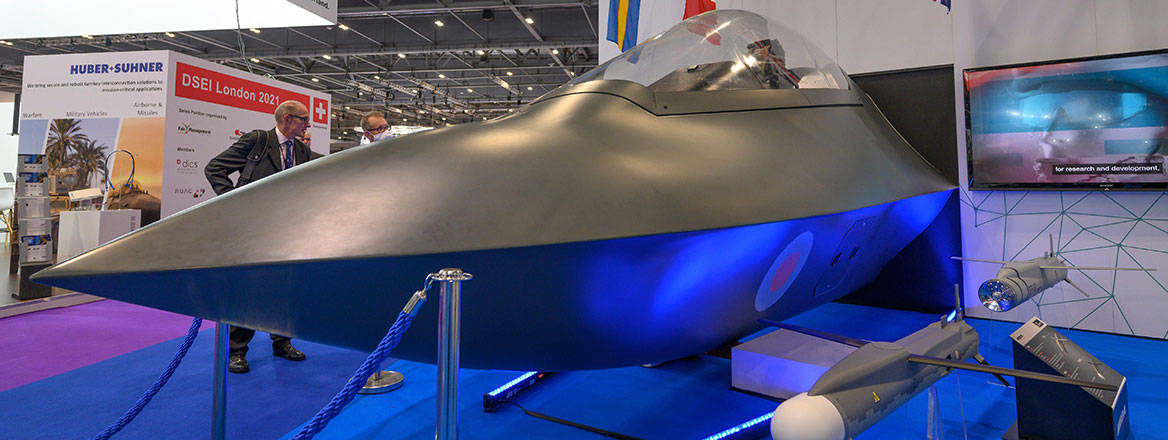The Tempest Programme: Assessing Advances and Risks Across Multiple Fronts
This paper assesses the national and international progress on Tempest.
Executive Summary
The Tempest programme, within the envisaged Future Combat Air System (FCAS), is of multi-dimensional importance, involving British military capability, advanced technology development, operational independence, international standing and relationships, economic prosperity and long-term defence industrial capability. Four years after the announcement of the programme, this paper is to assess the national and international progress on Tempest on five fronts: capability requirements; technology; government–industry relations; international partnerships; and cost control and digitisation.
The first of the five areas of central progress involves the generation of prudent and relevant requirements that match aspiration with the funds, time and technology available, bearing in mind the capabilities of potential adversaries, the demands of the need to deter and the scale and duration of any potential future conflict.
The second area focuses on the need to generate technological progress across the aircraft’s power and propulsion system, its avionics, sensors and data systems, and its missiles and other effectors. Essentially, this requires de-risking activities to control the technology hazards inherent in a project of this nature – as well as the training and employment of a cohort of competent digital technology workforces.
Third, based on lessons learned from previous programmes, the government has opted to pursue Tempest using highly collaborative relationships with the UK private sector. Four key lead firms (BAE Systems, Rolls-Royce, Leonardo UK and MBDA Missile Systems) were identified at an early stage, with over 580 other UK firms and academic institutions having since joined the wider supply chain in collaboration with Team Tempest partners. If open, transparent and honest relationships and a shared appreciation of risks can be maintained among these entities, the outlook for the project will remain positive. This openness will clearly need to be reconciled with a tight security system to protect the programme from external threats.
Fourth, because this was never going to be solely a UK project, collaborative relations with other governments will be of central importance, with Italy, Japan and Sweden having evolving links to the programme. The paper provides a summary of developments and the state of affairs in autumn 2022.
Finally, the successful delivery of Tempest will require breaking the trend of major intergenerational cost increases in real terms for combat aircraft (which incidentally is a trend that marks other major military platforms). The UK has the ambition of at least levelling this cost increase curve and is stressing the importance of pace of delivery in the project. Central to success in this aspiration is a realistic, de-risked requirement set, and the widespread application of digital engineering and what is sometimes referred to as Industry 4.0. This also implies significant changes in the way that the Ministry of Defence’s own safety and digital-verification authorities operate.
WRITTEN BY
Trevor Taylor
Professorial Research Fellow
Military Sciences
Isabella Antinozzi
RUSI Associate Fellow, Military Sciences
- Jim McLeanMedia Relations Manager+44 (0)7917 373 069JimMc@rusi.org



